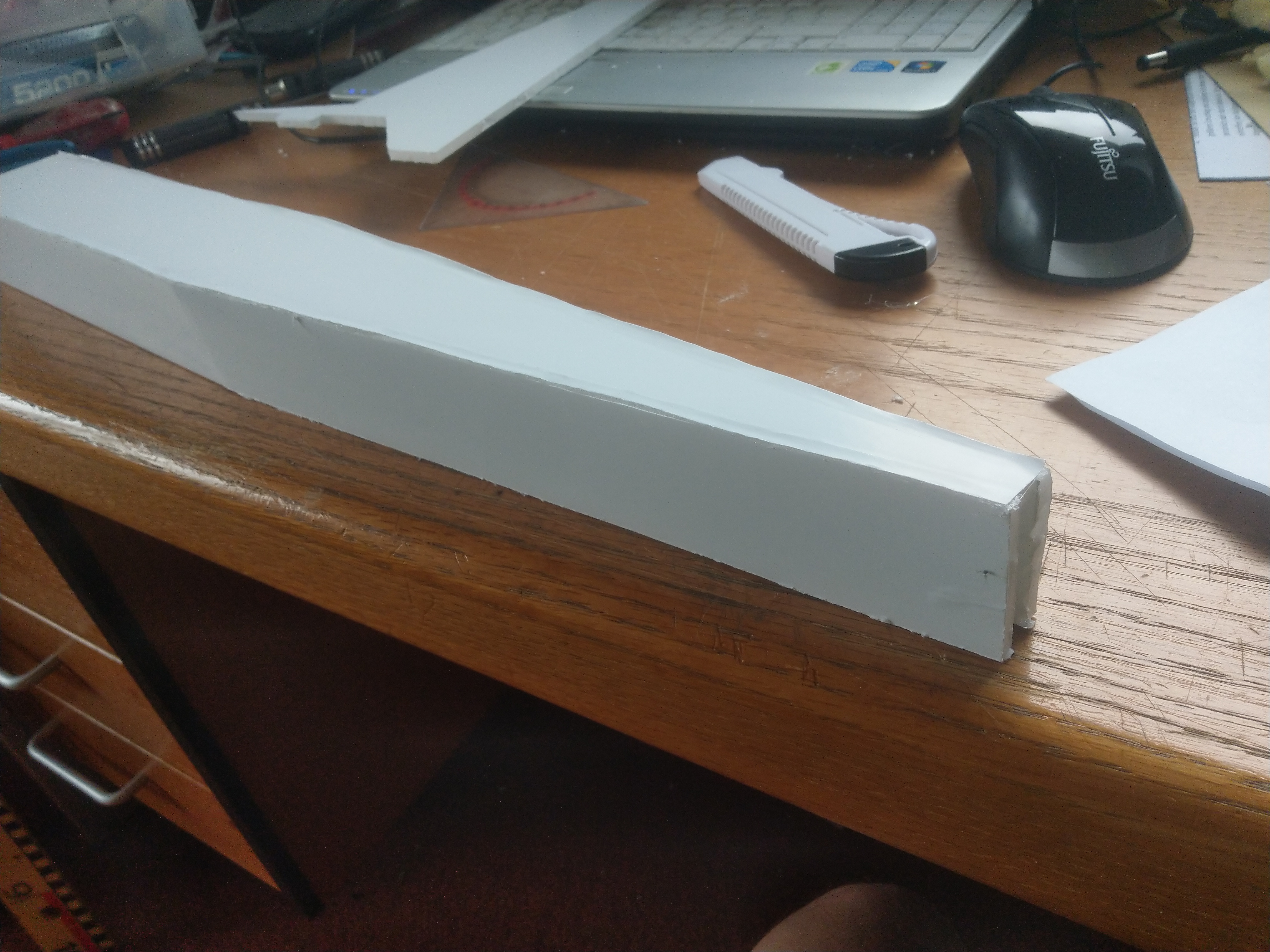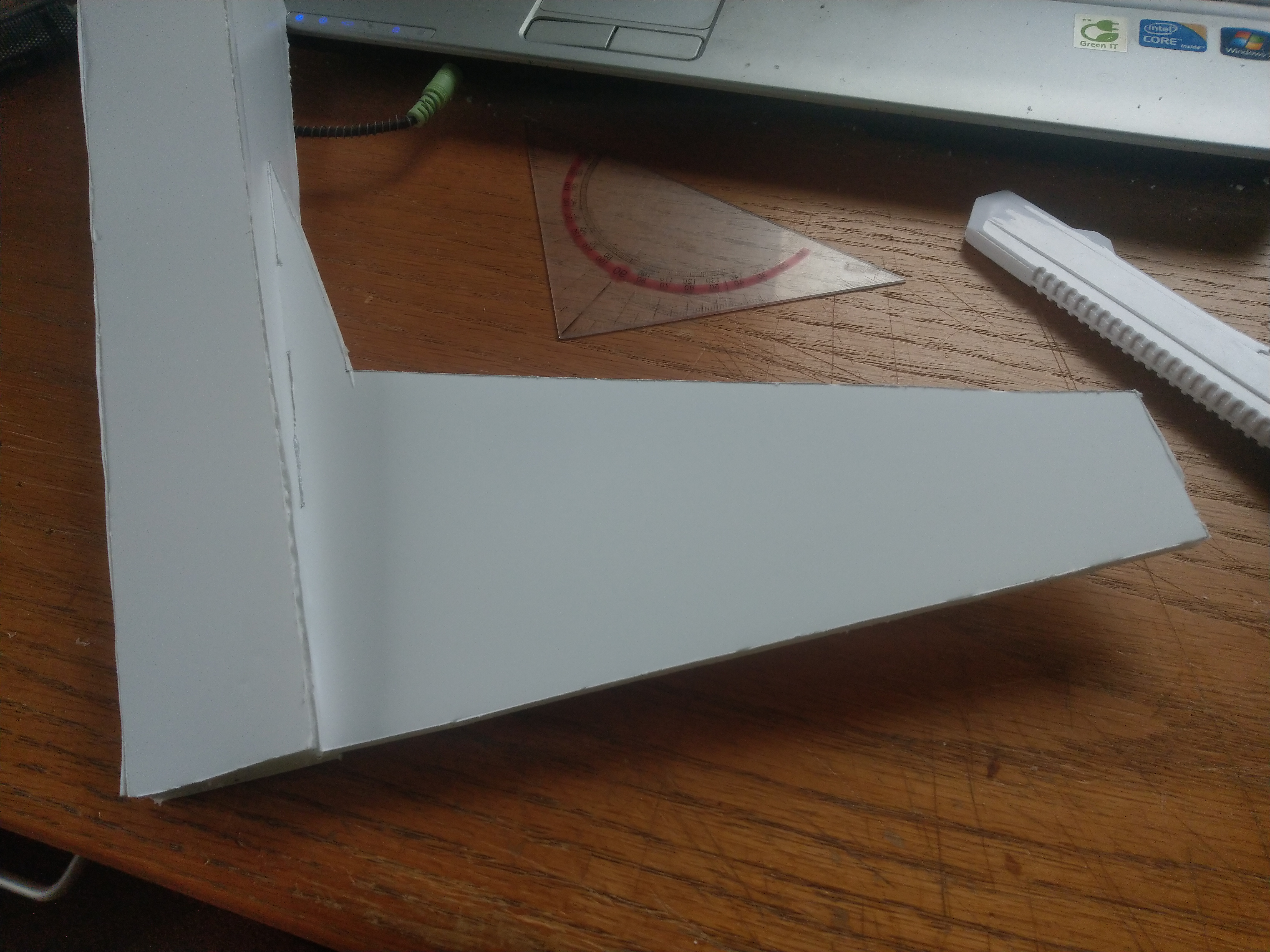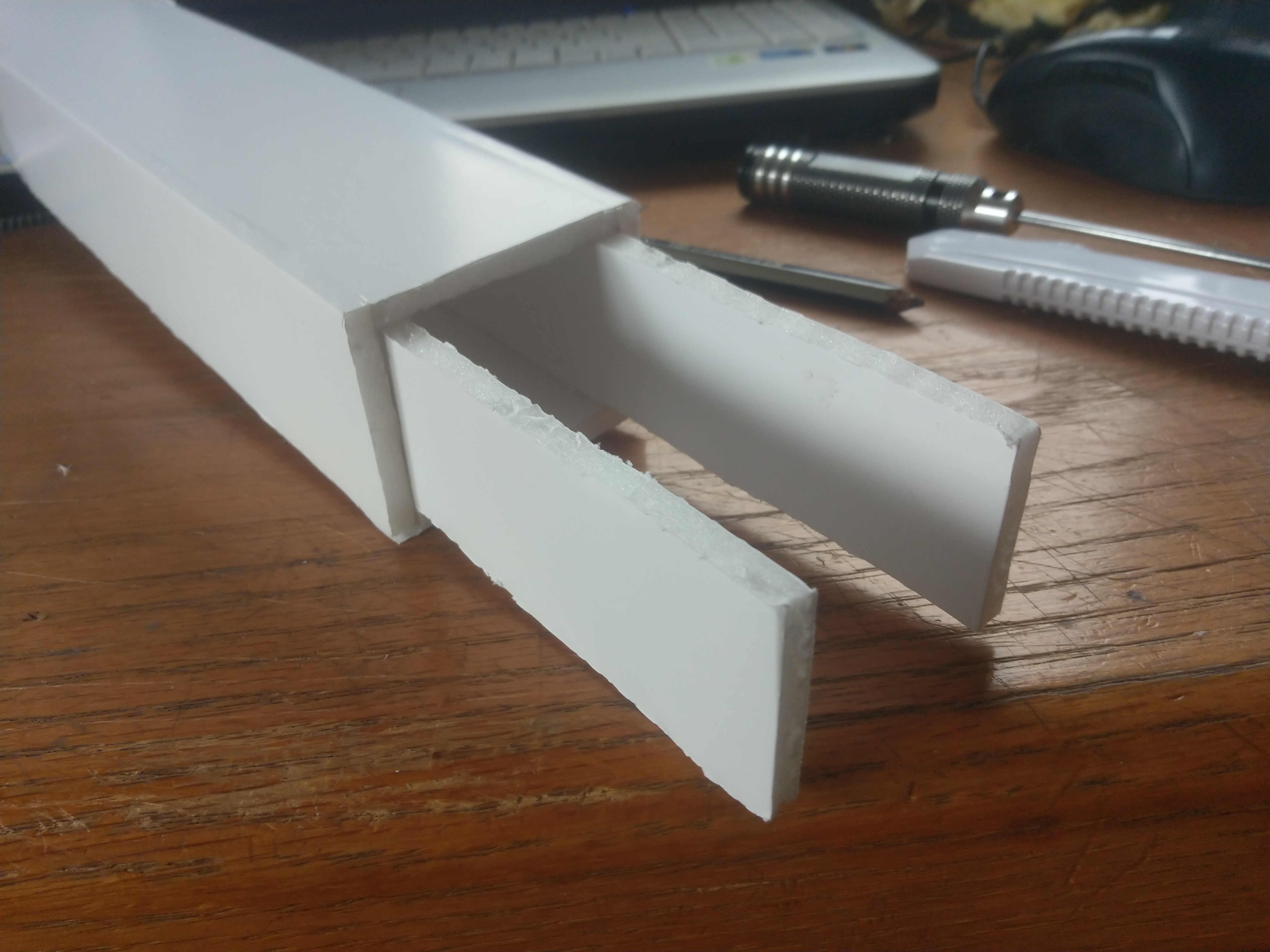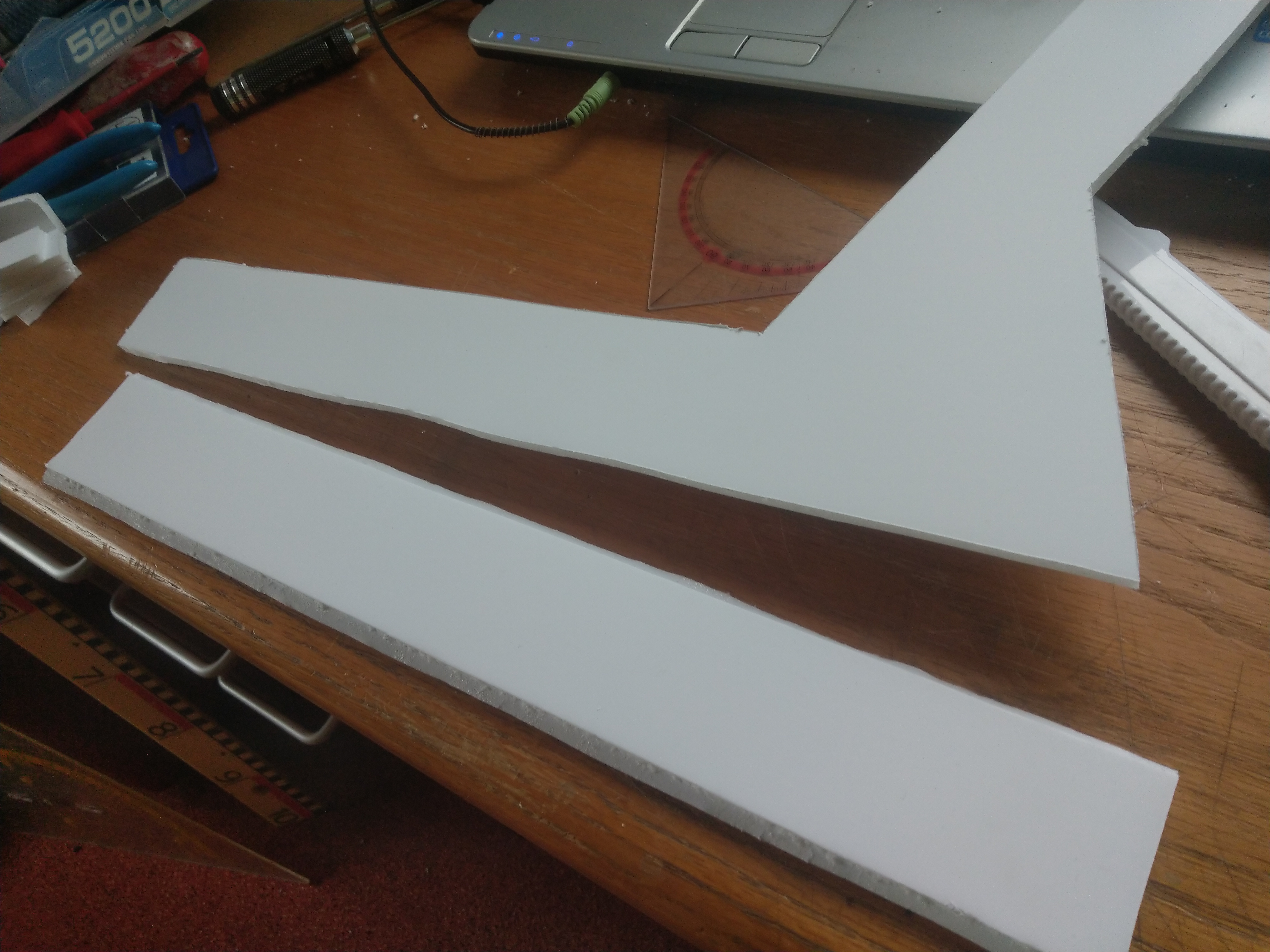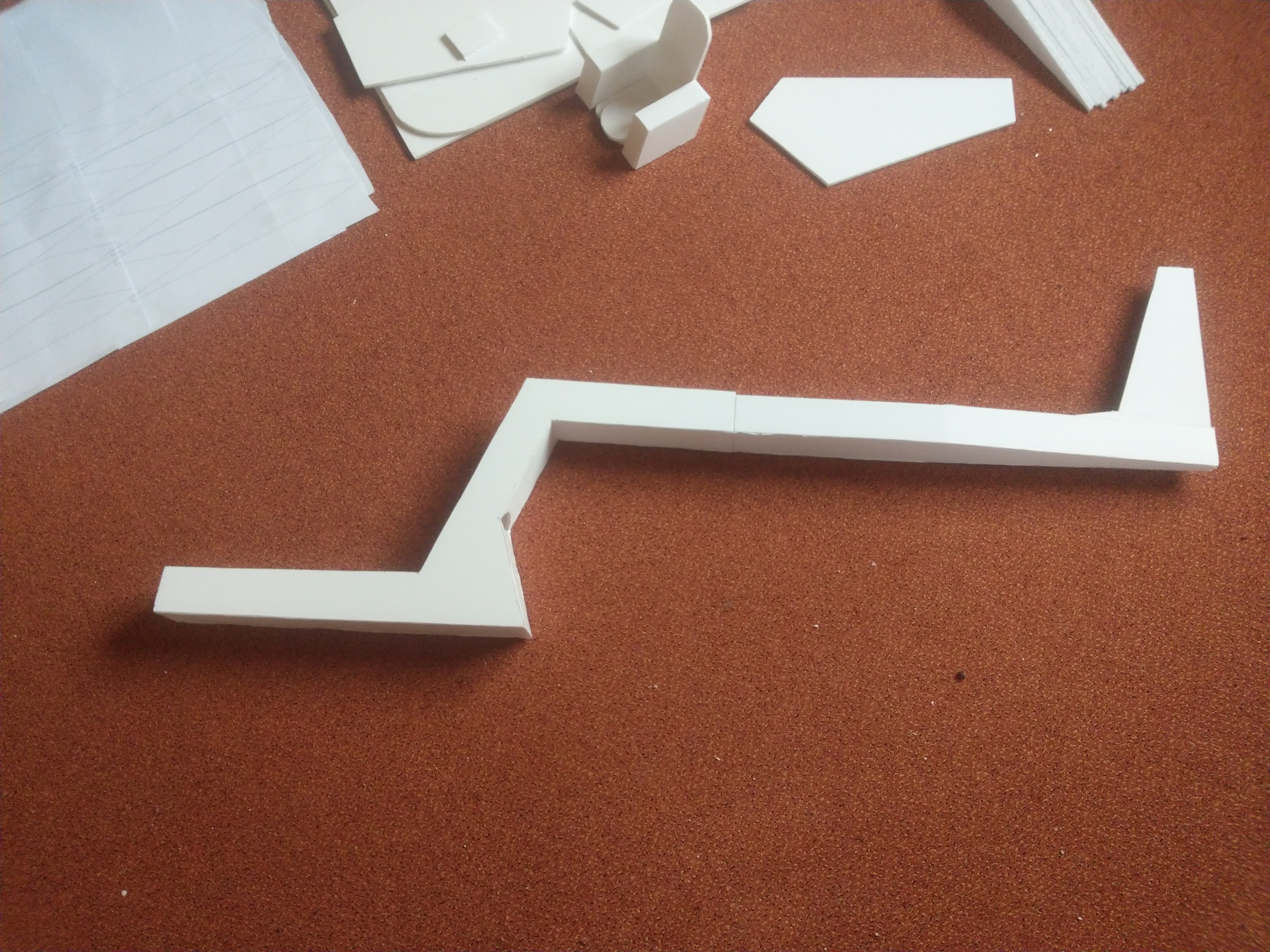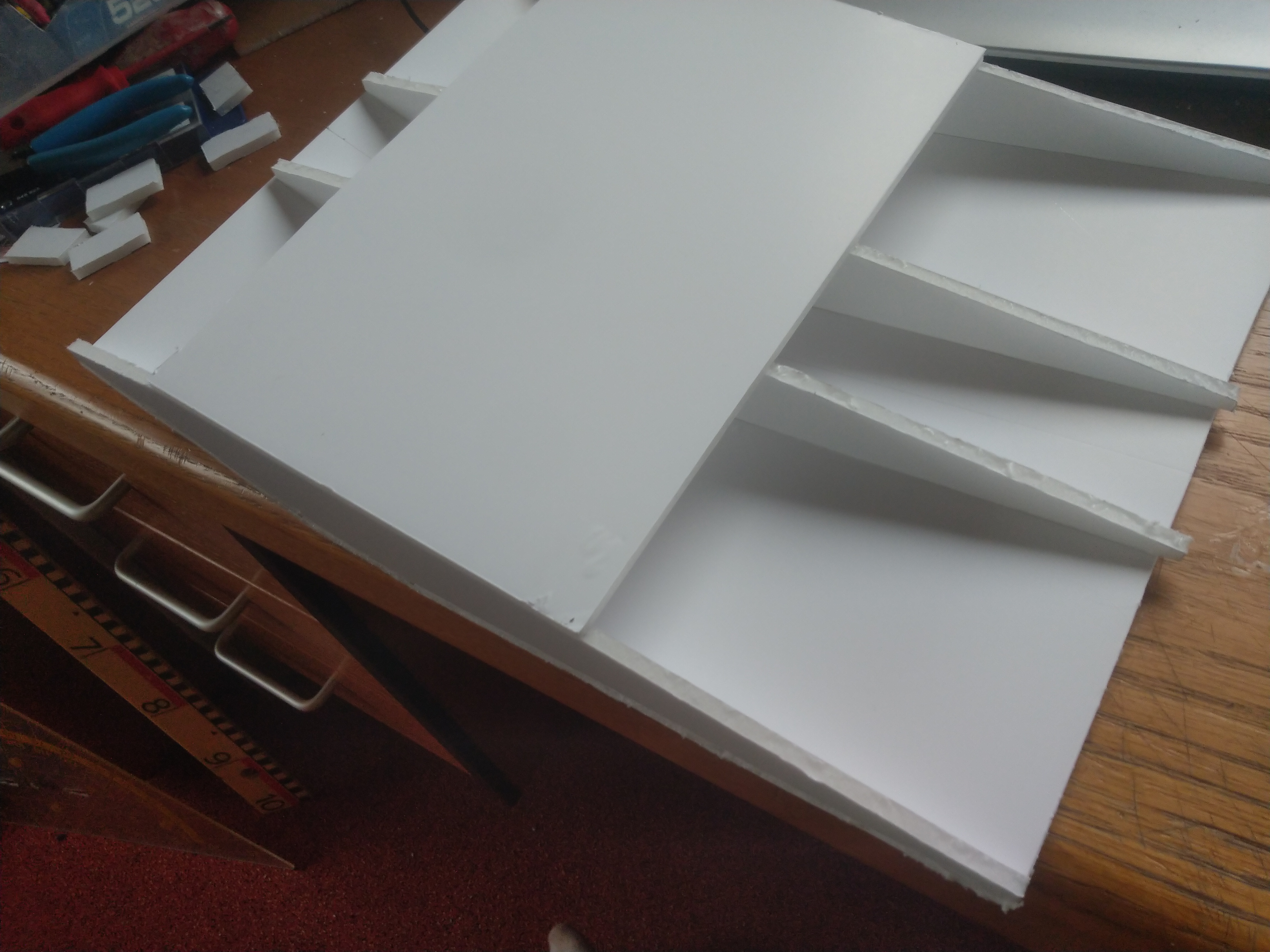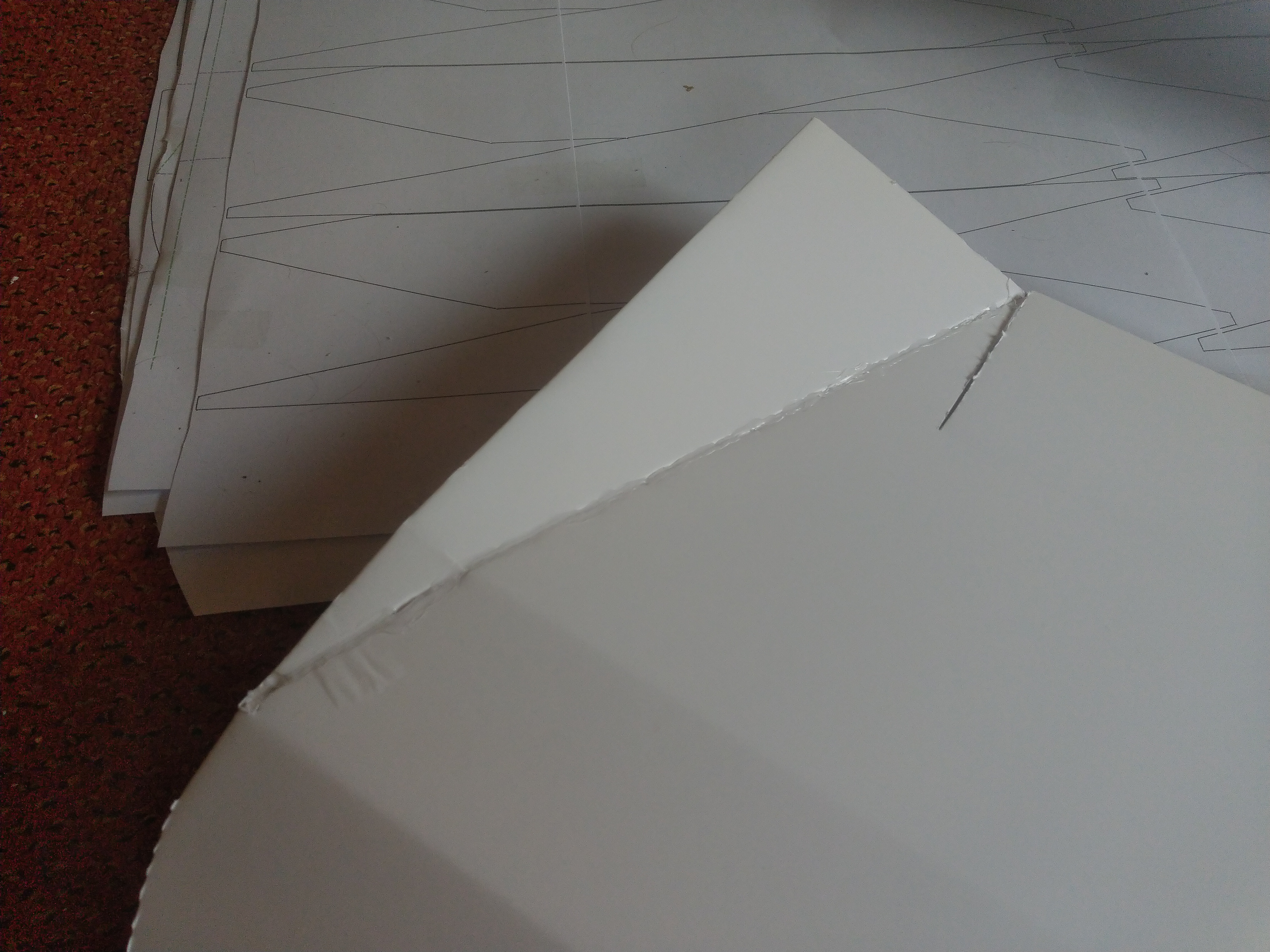Dr. Looping Looie
Elite member
Its Flite Test forum challenge again! I really like the theme, because those old planes usually had pretty good flight caracteristics and also looked pretty cool.
I immediately searched for good designs, and made a huge list, and the start is going to make the Wind Puff! This balsa plane was designed in 1975 and resembles a ultralight aircraft. It was love at first sight, because I want to own such kind of airplane myself, fullscale. I also liked the fact that it features a pusher prop and tricicle landing gear, which will make takeoff and landing a breeze. And I cant wait putting a pilot in there, with stick and rudder pedals moving and FPV camera!
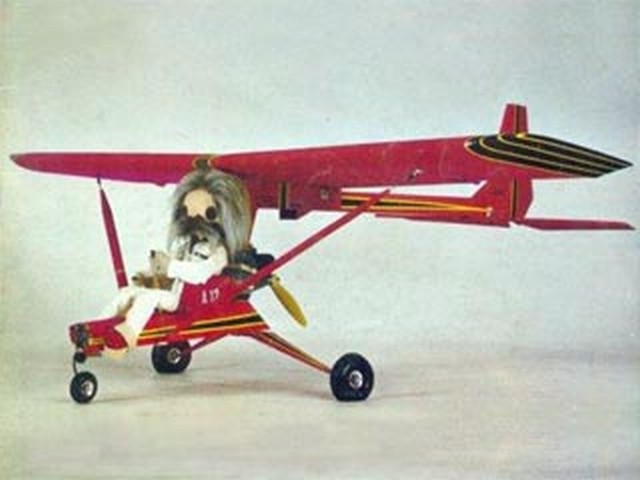
I found the plans at Outerzone and attatched them to this post!
I dont have a specic size or powerplant yet, but I think 1.2 meter wingspan and Powerpack B.
More stuff will follow!
I immediately searched for good designs, and made a huge list, and the start is going to make the Wind Puff! This balsa plane was designed in 1975 and resembles a ultralight aircraft. It was love at first sight, because I want to own such kind of airplane myself, fullscale. I also liked the fact that it features a pusher prop and tricicle landing gear, which will make takeoff and landing a breeze. And I cant wait putting a pilot in there, with stick and rudder pedals moving and FPV camera!

I found the plans at Outerzone and attatched them to this post!
I dont have a specic size or powerplant yet, but I think 1.2 meter wingspan and Powerpack B.
More stuff will follow!












